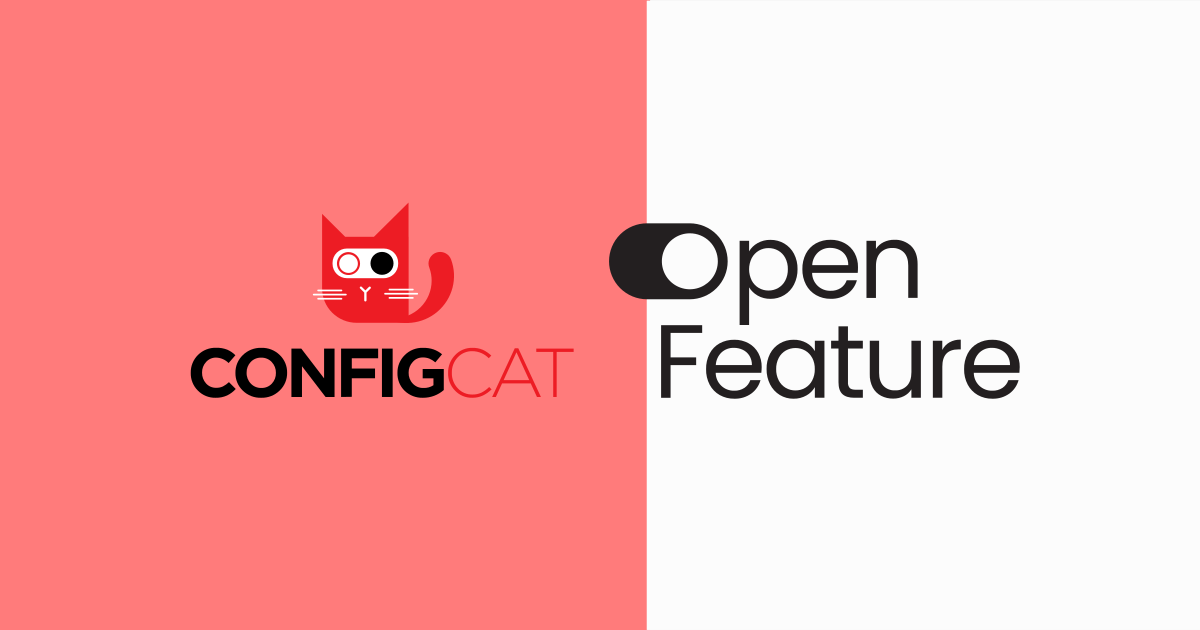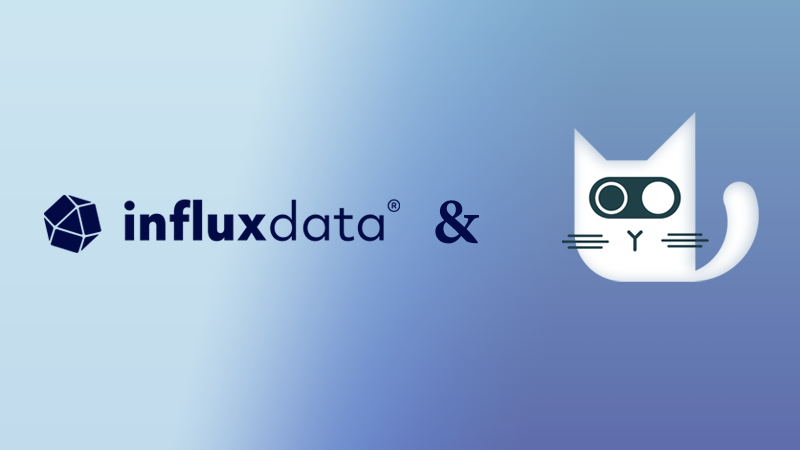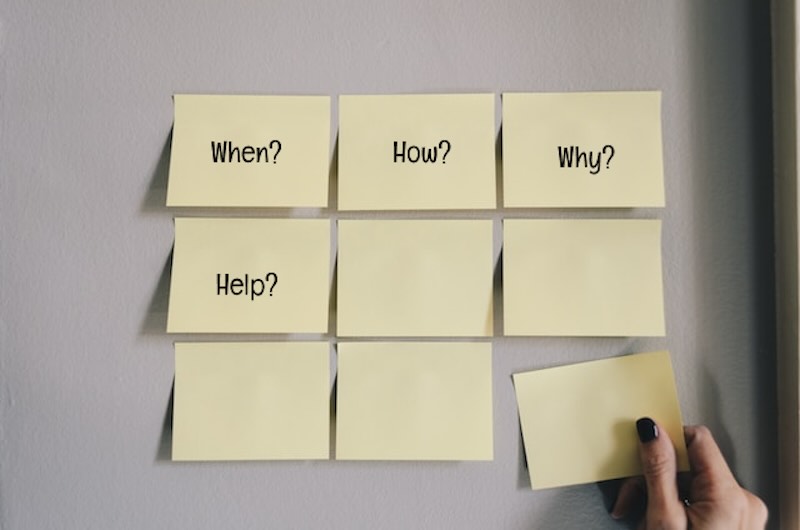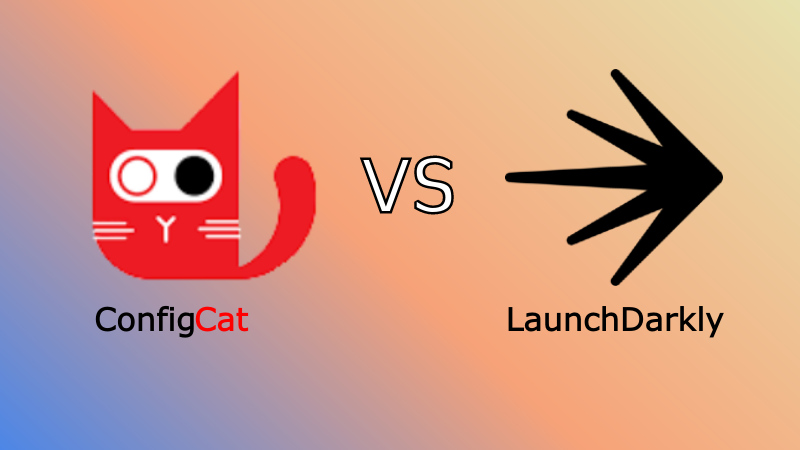Using OpenFeature with ConfigCat
Let's say you've heard about the benefits of using feature flags for gradual feature rollouts, and you're ready to adopt them in your organization. The next step would be deciding whether to "build or buy."
If you choose to develop your feature flagging tool, you'll need to figure out how to make it fetch, evaluate, and manage feature flags. If you want to use a third-party tool, you might have to learn and unlearn different APIs as you search for the right one.
Challenges like these inspired the creation of OpenFeature, a CNCF (Cloud Native Computing Foundation) project that aims to standardize feature flagging.
















